Most ecommerce sites have some products that are of great quality and do a good job, but don?t sell very well. The problem may be pricing, positioning, or presentation.
Many storeowners will eventually take these non-selling items and move to the clearance section. Sometimes, that won’t sell them either. In fact, many big etailers have clearance stock that sits there for months ? even years ? despite it being of good quality and design.
I?ve been analyzing Kohl?s clearance section for the past six months to see how quickly heavily discounted products sell out. While new products are frequently added, there are hundreds of items in each category that linger at rock bottom prices for three months, or longer. While some of the clothing items are now only available in XS or XXXL sizes, the majority of the products are available in many different colors and sizes.
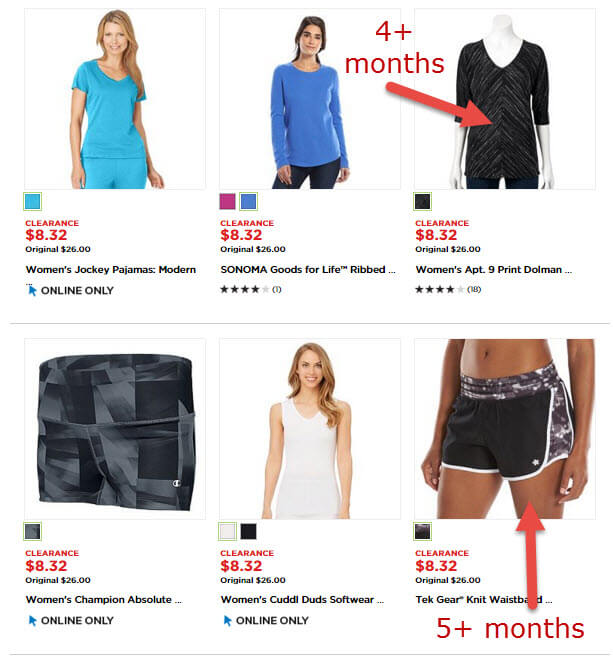
Putting products on clearance can have a negative affect on the sales of the item. Many products listed in Kohls.com’s clearance section have been listed at slashed prices for several months.
So, why aren?t people buying the low-ticket items? More importantly, how did those items wind up in clearance?
For big etailers, a lot of it has to do with making room for new product lines, and sometimes manufacturers offer incentives to clear things out. For the smaller stores, though, clearance typically means, ?Here, no one will buy it, so we?re selling it for peanuts.?
So why don’t good-quality, good-value items sell? There are obvious and not-so-obvious reasons.
- Not prominently displayed. Unless it?s a product heavily searched for, simply adding it to the catalog doesn?t do the trick. If you want certain products to sell, you have to show them off.
- Costs too much. Use lightly discounted pricing or comparison pricing (see below) to entice shoppers to learn about the item.
- Costs too little. People often associate low pricing with cheap quality.
- Product details are lacking. If you want people to buy a product, you have to tell them what it is, what it does, and how it solves a pain point. This can be done via text, images, video, customer reviews, and Q&A.
- Others aren?t talking. The lack of social sharing and discussion can also be a turn off. This is a key reason most small business stores shouldn?t be displaying share counts next to share buttons.
Use Comparison Pricing
Don?t leave it to the shopper to compare. Show similar products side-by-side.
The classic study of a bread machine sold by Williams-Sonoma is a prime example. In the 1990s, after consumer research, the company introduced a bread maker for $275. After it didn?t sell well, a marketing research firm recommended that Williams-Sonoma add a higher priced item to the lineup. The more advanced machine retailed for over $400.
The result? Sales of the lower-priced machine took off. That?s because, consumers had nothing to compare the $275 against. Once the retailer introduced another model, it made more sense.
This practice is called anchoring, and nearly all the big etailers use it to sell anything, from silverware to cars.
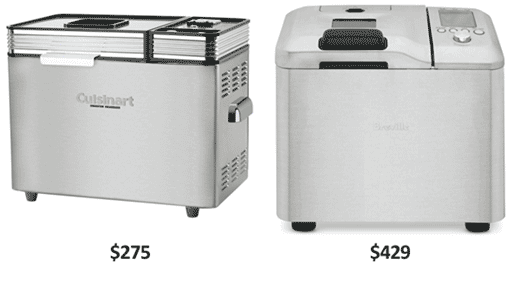
Giving shoppers something to compare a product to can help increase sales of the initial product.
Bracketing is a similar tactic. But it is typically used to promote a mid-price product. SaaS and services websites?often use this, too. By displaying three levels of service, people are most apt to be attracted to the one in the middle.
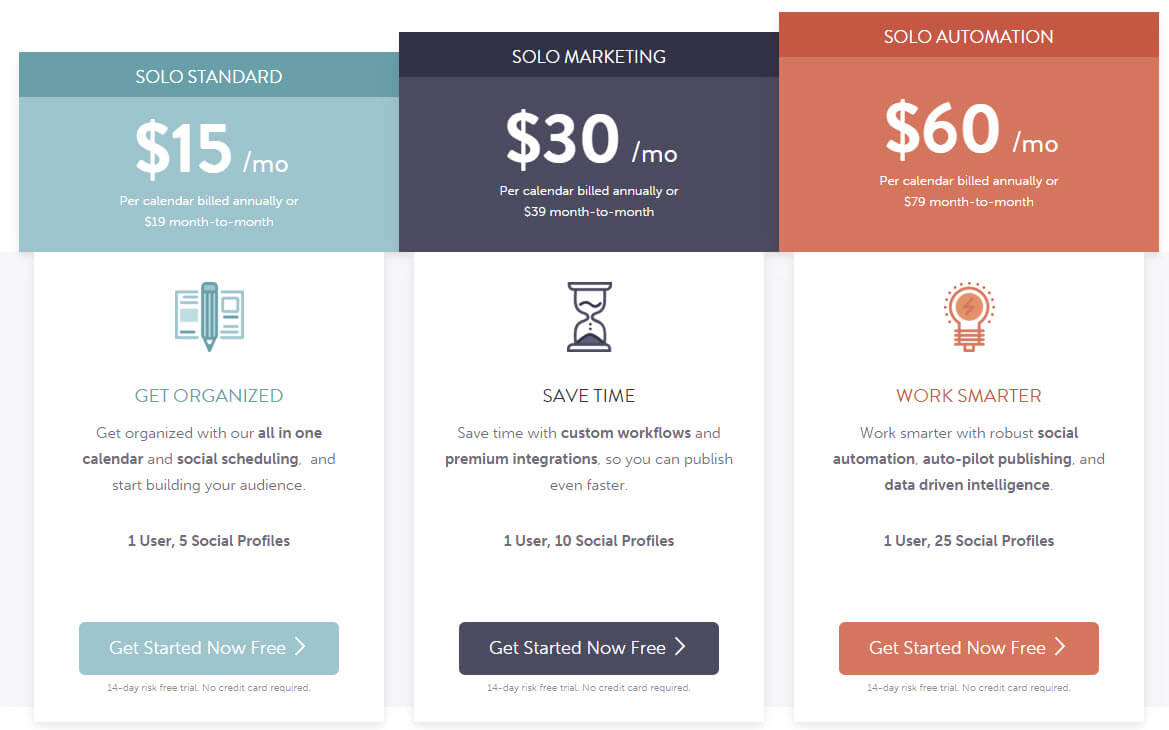
When offered three options, the majority will flock to the mid-priced item.
Offer Volume Discounts
Volume discounting not only helps to sell more of a popular item, it can make a slower selling item appear more popular.
The law of diminishing utility follows the concept that the more we consume within a certain amount of time, the less we value what we?ve purchased. This is a key pricing strategy with fountain drinks. The consumer who doesn?t pay the additional (albeit small) amount to upsize a beverage, for example, is still willing to pay the base price.
Amazon uses a similar tactic when selling items that are often re-ordered. By offering slight discounts to place a standing order, it can close more sales at both levels.
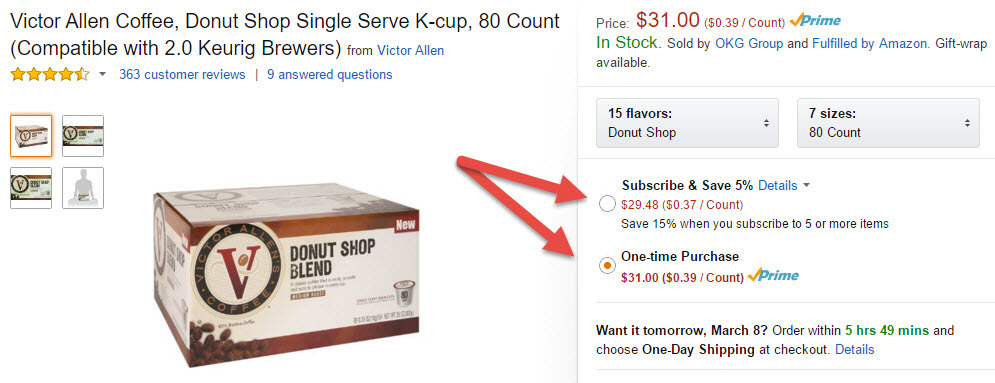
Unless the shopper has already tried the product, he’s more apt to purchase it at the one-time price, as is the case with the coffee on Amazon.
The idea here is that consumers will pay full price for a product they?ve never tried before. They may opt to come back and purchase more, but the initial sale is one that?s a higher price per unit.
For non-consumables, consider relabeling volume pricing as a ?buy another as a gift? program. A certain number of people will buy only one, even if they come back later to purchase more.
Convey Scarcity
One of the reasons so many people buy two of a Groupon (one for themselves and one ?as a gift?) is because of the deals are scarce. The site uses terms like ?Limited Time Remaining? and ?Limited Quantity Available.? However, a good number of those deals run for months.
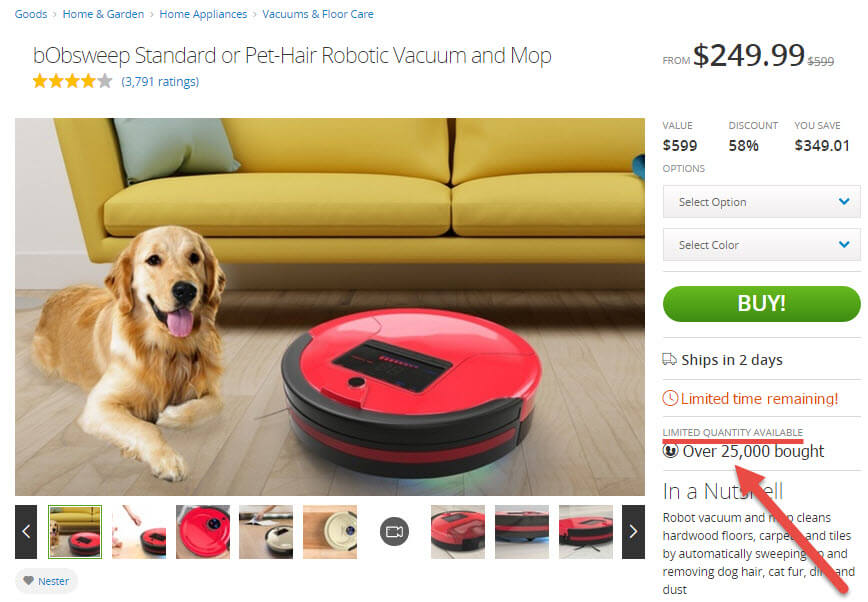
This vacuum cleaner?has been available at Groupon.com for more than 18 months. The company has sold tens of thousands.
Presumably Groupon has access to a massive supply of the sweepers shown above. If a product ? no matter how many are on hand ? won?t be restocked, it is acceptable to say that quantities are limited.
How do you move slow-selling merchandise? Please let us know in the comments below.
